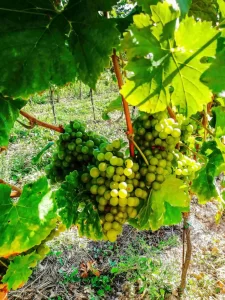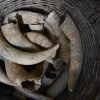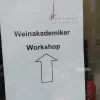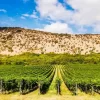The north-eastern corner of Austria claims to have the most original Grüner Veltliner. Or to go even further, Weinviertel DAC is the original, the true Grüner Veltliner. This, of course, raised some eyebrows. At the annual lecture meeting of the Austrian Wine Academy (Weinakademie) with some fellow teachers. As it brings up whether the other region may or may not produce a true Grüner Veltliner. Further on, the DAC legislation permits having up to maximum 15% other quality grapes in the blend as well (based on generic EU laws of labelling).
Nevertheless, the Weinviertel was the first DAC. The only one which focuses purely on this variety under the specific origin classification, the Districtus Austriae Controllatus (DAC). Their unique selling position(UPS) is the Grüner (G.V.).
Weinviertel DAC – Grüner Veltliner
Weinviertel Wine
The vineyard classification will only work in appellation which have Bourgogne-like system, bottom the generic wine (region), village and vineyard (Ried) wine. Currently Weinviertel doesn´t have this system at the moment. And if they apply the system it will work only within the DAC framework, meaning just for Grüner Veltliner. Jokingly the Weinviertel says they have three varieties: „veltliner, veltliner and grüner veltliner“. Local running gag. The Weinviertel is fairly complex when it comes to climate and soil. Despite the proximity to the Kamptal (in the West), the vegetation is 5-7 days behind of that of Kamptal. Meaning the Weinviertel is much cooler.
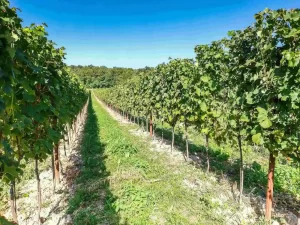 To guest by Phillip Zull
To guest by Phillip Zull
I met Phillip during my time with Wein & Co where I tasted many of his wines on a constant basis. He was showing us his vineyard and explaning how important is to have heathy micro organism in the soil. It makes no point he says when you add artificial fertilizer if you have no water as of lack of dilution. Since 2006 they work compost tee and green manure. The organic concept if fully enforced, working sustanable. It is not easy to find these days labour as well continues Phillip despite the proximity to Czech Repbluic, he needs 10 people minimum during the harvest since they pick everything by hand.
The Zull GV portfolio consist of three levels: Lust und Laune (desire and mood if you wish to translate it) the entry level, Weinviertel DAC, and Reserve.
Schrattenthal is the smallest vine growing community in Austria, it has one castle and a small palace as well. And of course it is also the home of the Zull Winery. The estate has 20 hectare of vineyard, produces around 120,000 bottles of wine and the majority (ca. 80%) is exported into 18 different countries. Phillip’s grand father started the agricutural business, not just wine. From his two sons the older was suppose to take over the agricultural business but was involved in a deadly accident. The younger brother, -Phillip’s father- decided to take it over, despite following a different carrier path and not knowing anything about the business. The quality focus was early set. Purity of fruit and the expression of the origin are the key with the personality of the creator.


